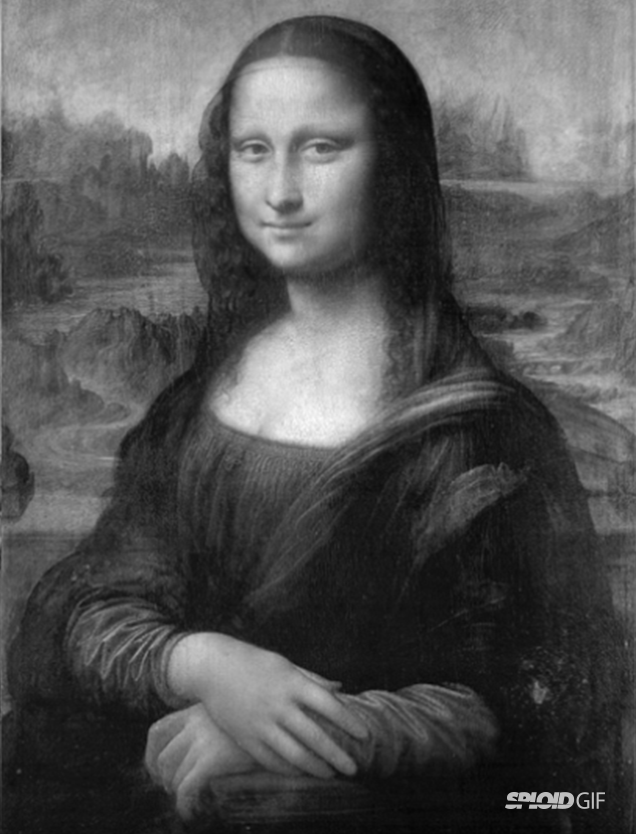
Leonardo da Vinci was a master of many things: Anatomy, mathematics, cartography, and geology (just to name a few). He also created a number of masterpieces. Individuals the world over are familiar with “The Last Supper,” “The Vitruvian Man,” and the “Mona Lisa.” On top of all of these amazing accomplishments, why not give him credit for creating 3D imagining?
Researchers Claus-Christian Carbon and Vera Hesslinger have been studying Mona Lisa for years, and they just announced that this may be the first stereoscopic image in the world. Stereoscopy (also known as 3D imaging) is a technique that is used to create the illusion of depth in an image i.e., to create 3D images. So in other words, Mona Lisa appears to be the earliest known 3D image.
The researchers assert that Mona Lisa can be seen in 3D thanks to another version of the painting that was painted by da Vinci’s side as he was making the original. X-ray images revealed that El Prado’s Mona Lisa (a version of the painting that was initially believed to be painted after da Vinci’s creation) was actually painted by an apprentice at the same time of the original. Essentially, the two painters were working side-by-side. Ultimately, the researchers discovered that this positioning created a kind of binocular view that resulted in two different paintings that, when combined, result in the stereoscopic image.
To understand this process, think of your own eyes. Ultimately, it is our binocular vision that allows us to accurately perceive depth. The brain takes the perspective from both our eyes and melds the information into one view that, when coupled, creates the 3D representation of the world that we all know and love. See what happens when the two images of Mona Lisa are combined.

However, unfortunately, it’s impossible to know whether the observations are just a fortunate coincidence, or if Leonardo intentionally created the first stereoscopic art. Science News’ Erika Engelhaupt writes, “DaVinci did write about monocular and binocular vision, and studied aspects of optics including eye anatomy and light reflection, and he even experimented with colored light sources, but it’s not clear whether he put all the pieces together to understand how to create a stereoscopic image.”
If nothing else, this discovery offers us an interesting way to talk about binocular visions and how 3D imaging works. Perhaps it’s just an interesting way to introduce the idea to students, but that’s certainly something that is worthwhile.